Primates
Not to be confused as a promotion of Darwinism, the main focus here is the 'Homo' branch including all humans.
Haplorhini
Simiiformes
Catarrhini
Hominoidea
Gibbons (family Hylobatidae)
Hominidae
Homininae
Hominini
Chimpanzees (genus Pan)
Humans (genus Homo)
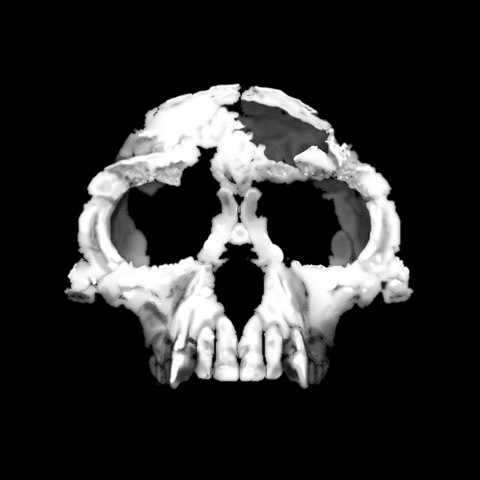
Ardipithecus
Australopithecine
Australopithecus

Australopithecus Afarensis
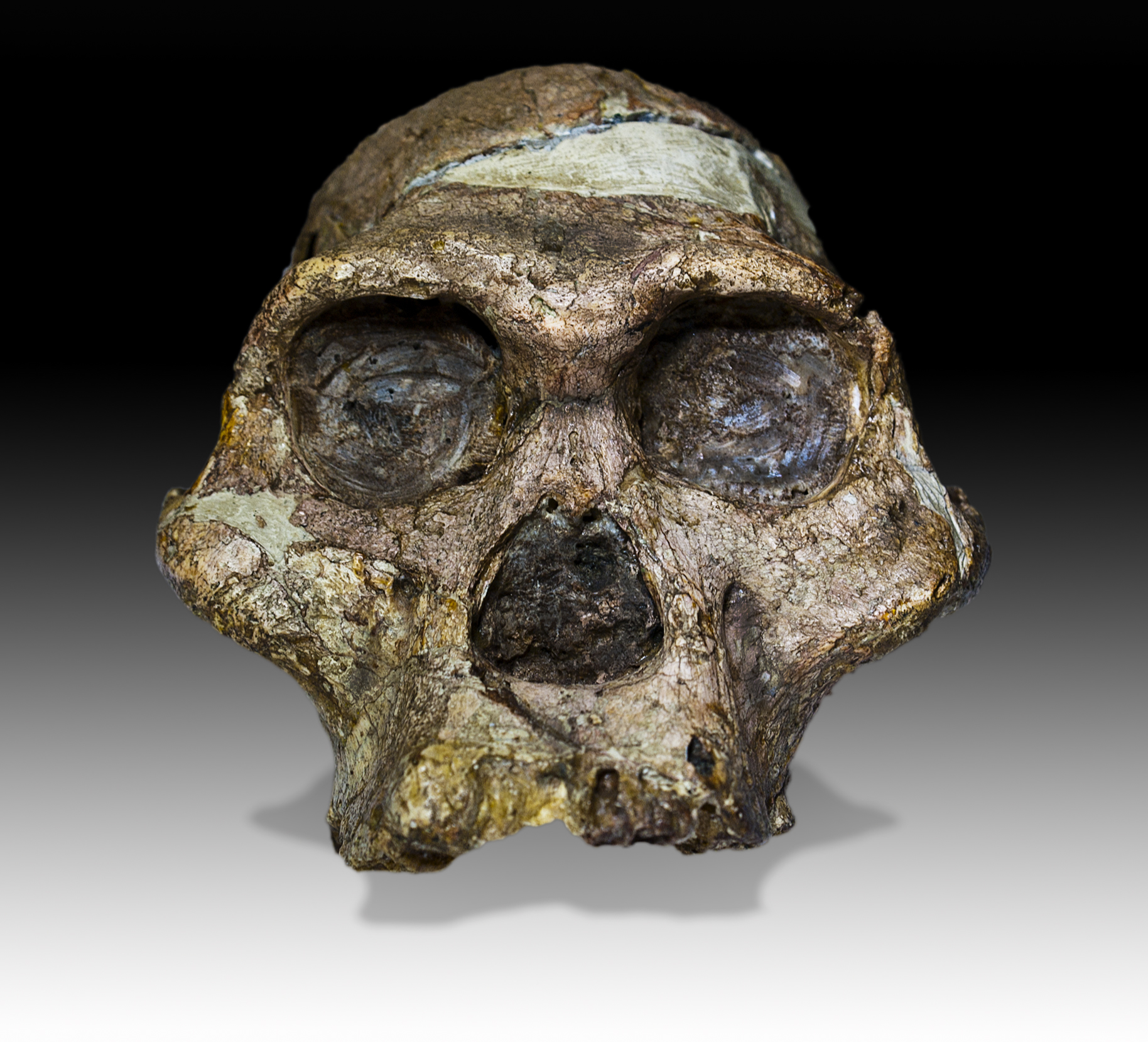
Australopithecus Africanus

Australopithecus Anamensis

Australopithecus Garhi
Australopithecus Sediba
Paranthropus

Paranthropus Aethiopicus
Paranthropus aethiopicus is an extinct species of hominid. The finding discovered in 1985 by Alan Walker in West Turkana, Kenya, KNM WT 17000 (known as the "Black Skull" due to the dark coloration of the bone, caused by high levels of manganese), is one of the earliest examples of robust pliocene hominids. The skull is dated to 2.5 million years ago, older than the later forms of robust australopithecines. Anthropologists suggest that P. aethiopicus lived between 2.7 and 2.5 million years ago. The features are quite primitive and share many traits with Australopithecus afarensis; thus P. aethiopicus is likely to be a direct descendant. With its face being as prognathic (projecting) as A. afarensis, its brain size was also quite small at 410 cc. P. aethiopicus was first proposed in 1967 to describe a toothless partial mandible (Omo 18) found in Ethiopia by French paleontologists. Lower jaw and teeth fragments have been uncovered. P. aethiopicus had a large sagittal crest and...

Paranthropus Boisei
Paranthropus boisei (originally called Zinjanthropus boisei and then Australopithecus boisei until recently) was an early hominin and described as the largest of the Paranthropus species. It lived from about 2.6 until about 1.2 million years ago during the Pliocene and Pleistocene epochs in Eastern Africa. First discovered by anthropologist Mary Leakey on July 17, 1959, at Olduvai Gorge, Tanzania, the well-preserved cranium (nicknamed "Nutcracker Man") was dated to 1.75 million years old and had characteristics distinctive of the robust australopithecines. Mary and her husband Louis Leakey classified the find as Zinjanthropus boisei: "Zinj" for the medieval East African region of Zanj, "anthropus" meaning ape or ape-human, and "boisei" for Charles Boise (the anthropologists team’s funder at the time). Paranthropus boisei (as the species was eventually categorized) proved to be a treasure especially when the anthropologists' son Richard Leakey considered it to be the first hominin...

Paranthropus Robustus

Dolichocephaloids
"Cone-Head's"
a
Dwarfism
Midget
A midget is an extremely short person . The term generally describes a person with the medical condition dwarfism. The terms midget and dwarf are often used synonymously, because both terms mean someone who has been short in stature since birth, but they were not originally synonyms. Also Midget is regarded as offensive by both the Restricted Growth Association (UK based support network for people of profound short-stature) and the Little People of America (the American support network), along with many other nationally based groups, advocating the rights of individuals with disabilities and dwarfing conditions. Midget was coined in 1865 to describe an extremely short person with body proportions similar to those of a normal-sized person's. P. T. Barnum indirectly helped popularize midget when he began featuring General Tom Thumb in his circus. Dwarf originally denoted people with disproportionately short limbs. 'Midget' however became linked to referencing 'dwarfs' put on display for public ridicule and sport, whereas 'dwarf' or 'dwarfism' has a more medical base.

Gigantism
Homo
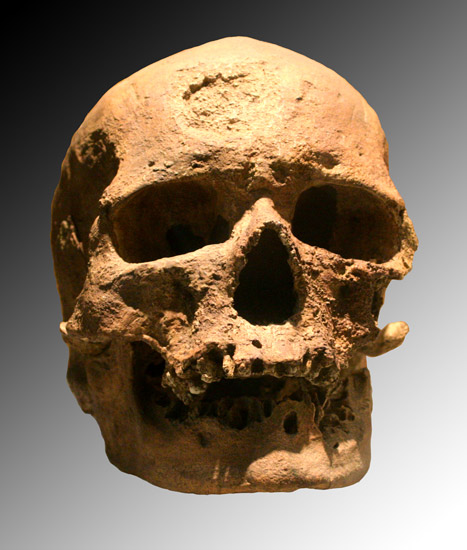
Cro-Magnon

Denisova Hominin

Homo Antecessor

Homo Cepranensis

Homo Erectus
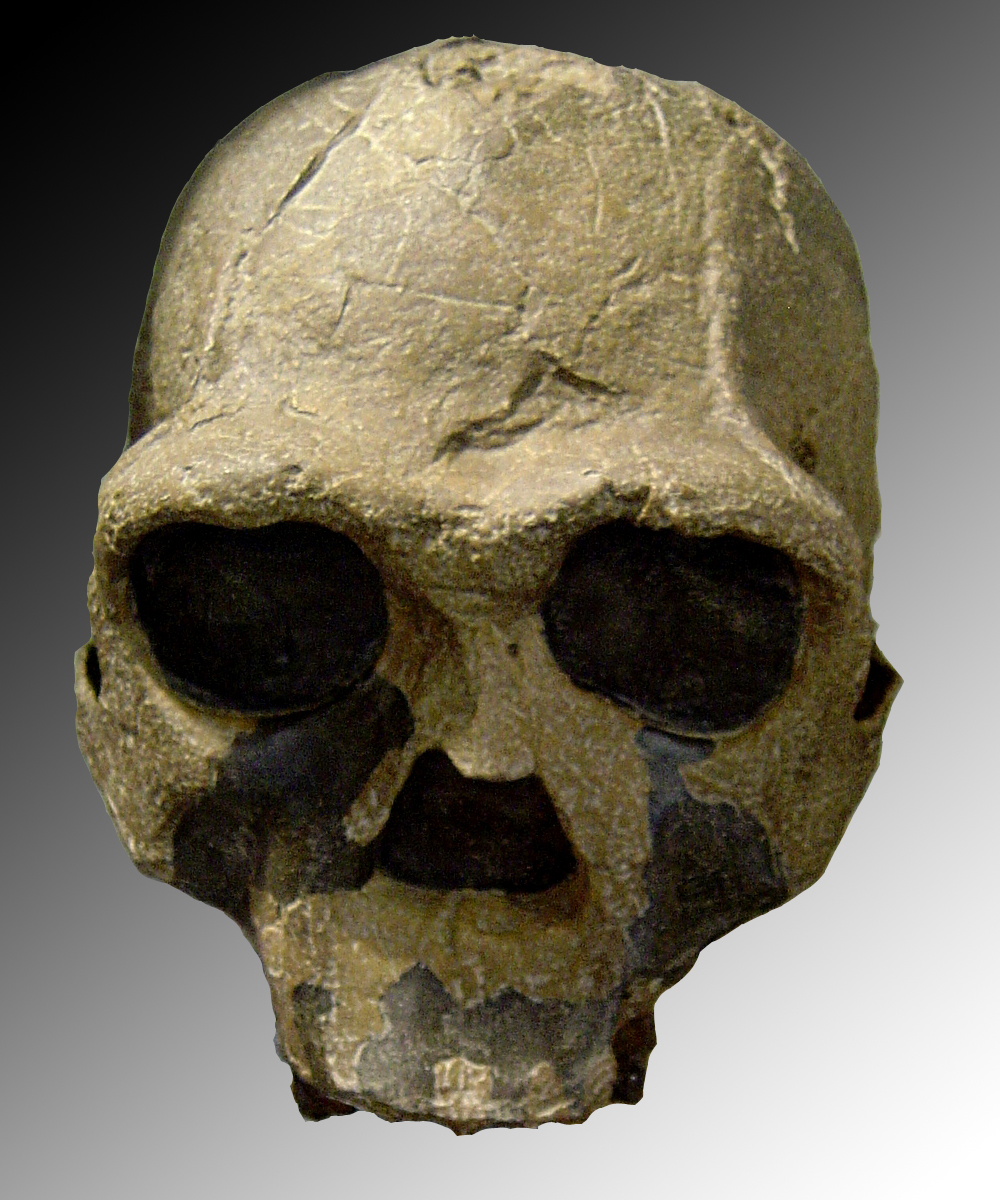
Homo Ergaster

Homo Floresiensis (Hobbit)
Homo floresiensis ("Flores Man", nicknamed "hobbit" and "Flo") is a possible species, now extinct, in the genus Homo. The remains were discovered in 2003 on the island of Flores in Indonesia. Partial skeletons of nine individuals have been recovered, including one complete cranium (skull). These remains have been the subject of intense research to determine whether they represent a species distinct from modern humans, and the progress of this scientific controversy has been closely followed by the news media at large. This hominin is remarkable for its small body and brain and for its survival until relatively recent times (possibly as recently as 12,000 years ago). Recovered alongside the skeletal remains were stone tools from archaeological horizons ranging from 94,000 to 13,000 years ago. The discoverers (archaeologist Mike Morwood and colleagues) proposed that a variety of features, both primitive and derived, identify these individuals as belonging to a new species, H....
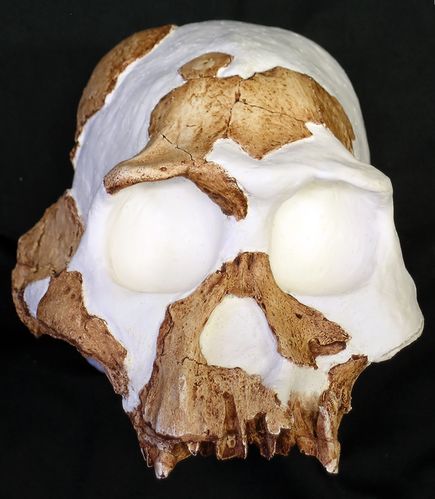
Homo Gautengensis

Homo Georgicus

Homo Habilis

Homo Heidelbergensis

Homo Neanderthalensis
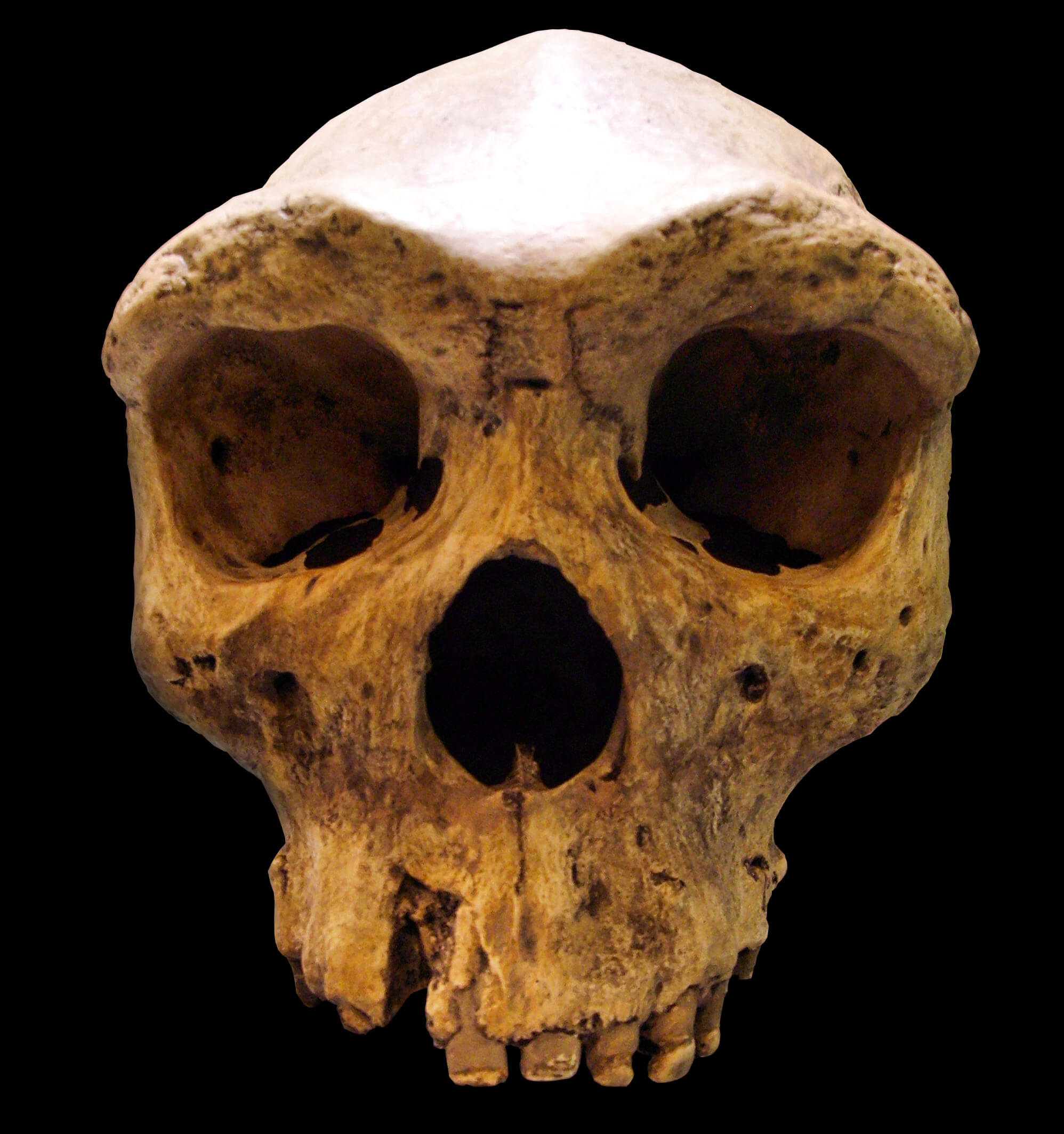
Homo Rhodesiensis

Homo Rudolfensis

Homo Sapiens Idaltu

Homo Sapiens (Archaic Man)
Human beings.

Homo Sapiens Sapiens (Modern Man)
The term anatomically modern humans (AMH) in paleoanthropology refers to early individuals of Homo sapiens with an appearance consistent with the range of phenotypes in modern humans. Anatomically modern humans evolved from archaic Homo sapiens in the Middle Paleolithic, about 200,000 years ago. The emergence of anatomically modern human marks the dawn of the subspecies Homo sapiens sapiens, i.e. the subspecies of Homo sapiens that includes all modern humans. The oldest fossil remains of anatomically modern humans are the Omo remains that date to 196,000 years that include two partial skulls as well as arm, leg, foot and pelvis bones. Other fossils include Homo sapiens idaltu from Herto in Ethiopia that are 150 kya and remains from Skhul in Israel that are 90,000 years old. Anatomically modern humans are distinguished from their immediate ancestors, archaic Homo sapiens, by a number of anatomical features. Archaic Homo sapiens had robust skeletons, indicating that they lived a...
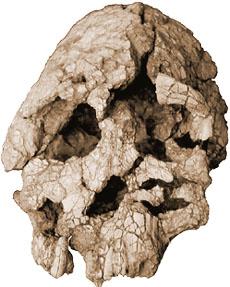
Kenyanthropus
Oreopithecus

Orrorin Tugenensis
Orrorin tugenensis is considered to be the second-oldest (after Sahelanthropus) known hominin ancestor that is possibly related to modern humans, and it is the only species classified in genus Orrorin. Orrorin is significant because it can be an early bipedal hominin. The name was given by the discoverers who found Orrorin fossils in the Tugen Hills of Kenya in 2000. By analysing radiometric decay (K–Ar dating), paleomagnetism, and biochronology the age of the specimen have been estimated to 6 to 5.8 million years (Ma). At present, 20 fossils have been found at four sites in the Lukeino Formation: of these, the fossils at Cheboit and Aragai are the oldest (6.1 Ma), while those in Kapsomin and Kapcheberek are found in the upper levels of the formation (5.7 Ma). The 20 specimen found this far include: the posterior part of mandible in two pieces; a symphysis and several isolated teeth; three fragments of femurs; a partial humerus; a proximal phalanx; and a distal thumb phalanx....
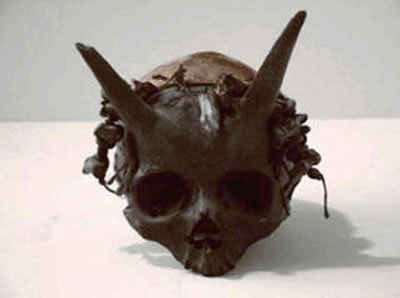
Pennsylvania Horned Skulls
Several human skulls with horns protruding from them were discovered in a burial mound at Sayre, Bradford County, Pennsylvania, in the 1880's. With the exception of the bony projections located about two inches above the eyebrows, the men whom these skeletons belonged to were anatomically normal, though at seven feet tall they were giants. It was estimated that the bodies had been buried around A.D. 1200. The find was made by a reputable group of antiquarians, including the Pennsylvania state historian and dignitary of the Presbyterian Church (Dr. G.P. Donehoo) and two professors, A.B. Skinner, of the American Investigating Museum, and W.K.Morehead, of Phillips Academy, Andover, Massachusetts. The bones were sent to the American Investigating Museum in Philadelphia, where like so many finds that question anthropology, they were stolen and never seen again.
a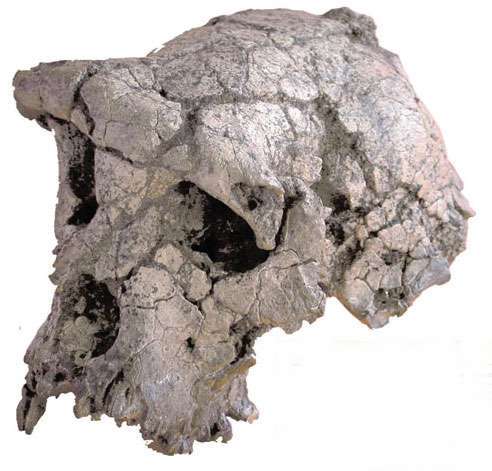
Sahelanthropus Tchadensis
Sahelanthropus tchadensis is an extinct hominid species that is dated to about 7 million years ago. Whether it can be regarded as part of the Hominina tree is unclear; there are arguments both supporting and rejecting it. Another complication in its classification is that it is older than the human-chimpanzee divergence (estimated to 6.3 to 5.4 million years ago) seen in genetic data, and that there are few if any specimens other than the partial cranium known as Toumaï. Existing fossils – a relatively small cranium nicknamed Toumaï ("hope of life" in the local Dazaga language of Chad), five pieces of jaw and some teeth–make up a head that has a mixture of derived and primitive features. The braincase, being only 320 cm³ to 380 cm³ in volume is similar to that of extant chimpanzees and is notably less than the approximate human volume of 1350 cm³. The teeth, brow ridges, and facial structure differ markedly from those found in Homo sapiens. Cranial features show a flatter face,...

Starchild Skull
Early in 2011, a geneticist attempting to recover Starchild Skull DNA identified four fragments that matched with human mitochondrial DNA (mtDNA). Comparing those fragments with matching fragments from human mtDNA produced an astonishing result. In every comparison, the Starchild presented many more nucleotide differences than are normally found among humans. In one comparison detailed in this report, the compared segments of human mtDNA came from one of its most highly conserved regions. Across 167 nucleotides in this segment, only 1 single variation is found among the 33 human haplogroups. In contrast, the same length of Starchild mtDNA has 17 differences! Of those 17, a significant number should be confirmed by multiple repetitions of the test. If several are confirmed (which is highly likely), it will be enough evidence to establish a new earthly species.
aGorillas (tribe Gorillini)
Orangutans (subfamily Ponginae)
Old World Monkeys (superfamily Cercopithecoidea)
New World Monkeys (parvorder Platyrrhini)
Tarsiers (infraorder Tarsiiformes)
Strepsirrhini
Lemurs (infraorder Lemuriformes)
Lorises and allies (infraorder Lorisiformes)
